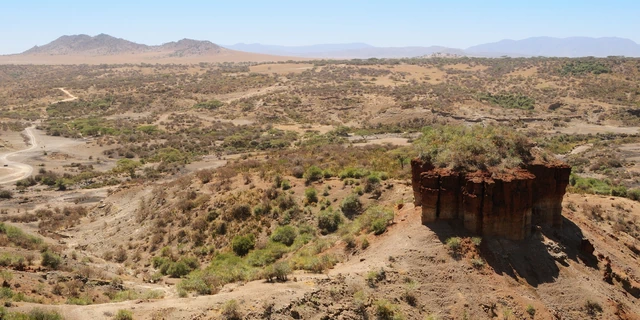Africa is famed for its eye-catching tourist destinations with wide vistas and numerous notable landmarks that adventurous tourists can visit.
In this article, I have listed a few of them:
Kenya’s Fort Jesus
This was a Portuguese fort built on Mombasa Island to protect people who lived on Africa’s east coast. Between 1696 and 1698, it was attacked by Omani Arabs, and between 1837 and 1895, it was utilized as a military barracks and prison by the British.
Joao Batista Cairato, an Italian architect and engineer, designed it. It was converted into a museum in 1962 and is open daily from 8 a.m. to 6 p.m.
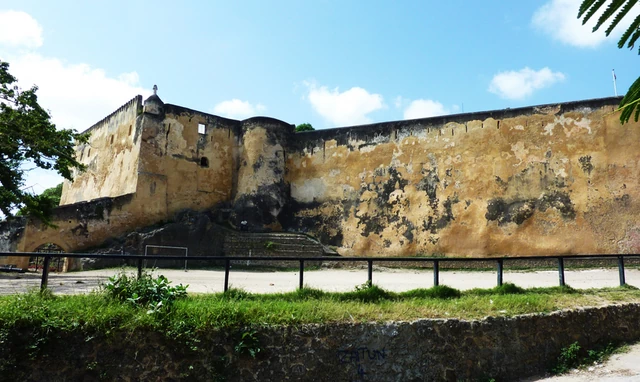
2. Luxor, Egypt
Luxor is home to magnificent temples and tombs. It also contains the valley of Kings, which has housed many rock tombs that once housed the mummies of Pharaohs and their historical treasures. You can also catch beautiful views of the Nile.
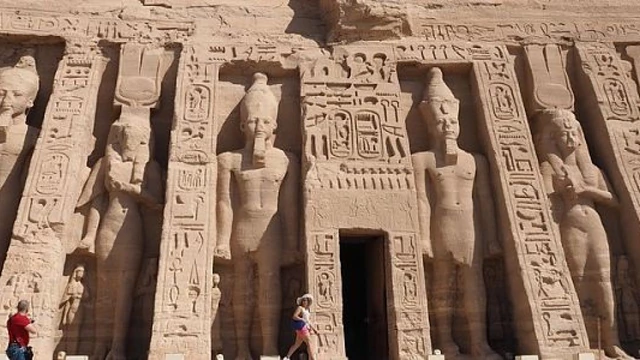
3. Ile Goree, Senegal
Colorful Ile de Goree is just a short distance from Dakar and has a painful past. The French housed Africans there before shipping them overseas into slavery for 300 years.
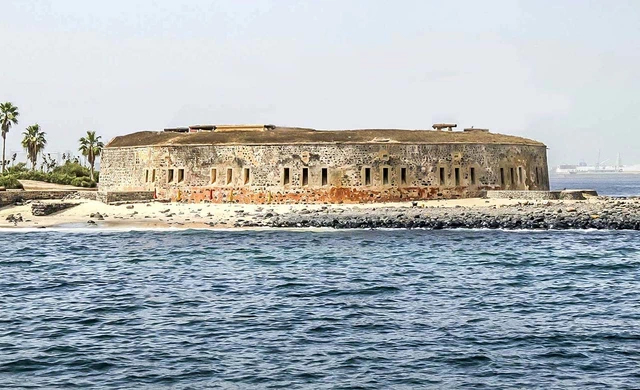
4. Ethiopia, Lalibela
Lalibela is a complex of twisting tunnels, beautiful courtyards, and rock chapels erected between the 7th and 13th centuries. The churches are still being utilized today.
It features eleven historic churches and is located in north-central Ethiopia. It was formed by hand out of volcanic rock hills and is a stunning sight.
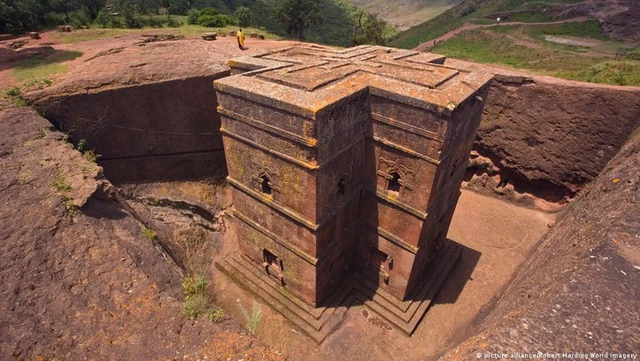
5. Ghana’s Elmina Castle
The Elmina Castle was built by the Portuguese in 1482 and is located on the so-called “Gold Coast.” It is the oldest European structure in Sub-Saharan Africa and is a significant historical location where Africans were imprisoned before slavery.
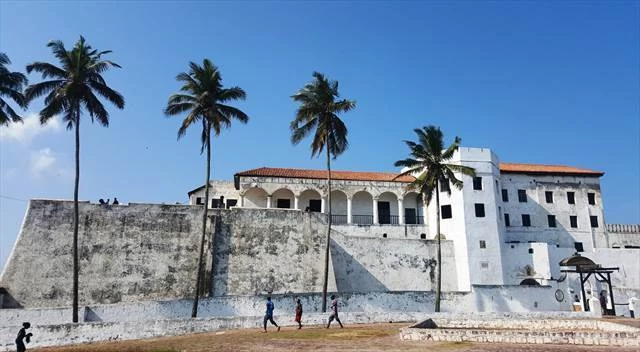
6. Mali, Djenne
The Great Mosque of Djenne was built with earth bricks, plastered, and stuck on its outside walls, making its design unique and magnificent. It is one of Africa’s most visited attractions. During an annual festival, the community joins in plastering the mosque and keeping it in good repair.

7. South Africa’s Robben Island
In the seventeenth century, this island was utilized as a jail and now serves as a leper colony for quarantine purposes. It lay a short distance just outside coast of Cape Town, the prison on this island was where Nelson Mandela spent 18 years of his 27-year sentence.
Because three of the four buildings are owned by the ruling government, it is known to house predominantly political detainees. Following the end of apartheid, this prison island was converted into a museum, where visitors may observe Nelson Mandela’s former jail cell.
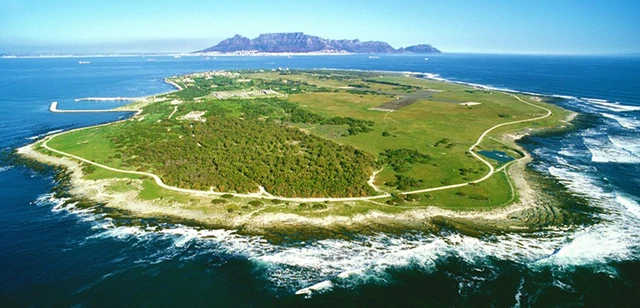
8. Zimbabwe Ruins
The Great Zimbabwe Ruins are located in Zimbabwe’s southern hills and are the largest in Sub-Saharan Africa. The ruined city, massive towers, and outstanding construction.
The craftsmanship on these remains is remarkable, with some walls standing 36 feet tall and 20 feet thick. It was formerly home to approximately 20,000 people, according to legend.

9. Kigali, Rwanda Genocide Museum
This historical site has a complicated background because it honors the memories of almost 250,000 Tutsis and Hutus who died in the 1994 Tutsi-Hutus mass conflict, which lasted 100 horrible days.
The history of Rwanda, as well as the horrific genocide and horrors that occurred, are explained in this memorial. Photos of genocide victims are displayed on the inner walls. It was opened in 2004 to commemorate the genocide’s tenth anniversary and serves as a historical record of the atrocity.

10. Tanzania’s Olduvai Gorge
It’s also known as the Cradle of Mankind, a true archaeological marvel. Louis and Mary Leakey, paleoanthropologists, made it famous. The gorge contains the remains of 60 human predecessors.
It holds the longest known archaeological record of the development of stone tools and provides a known history of human evolution of over 2 million years.
So, on your next historical journey, consider visiting one of these beautiful sites, snapping some photos, and getting some fascinating stories to tell.
